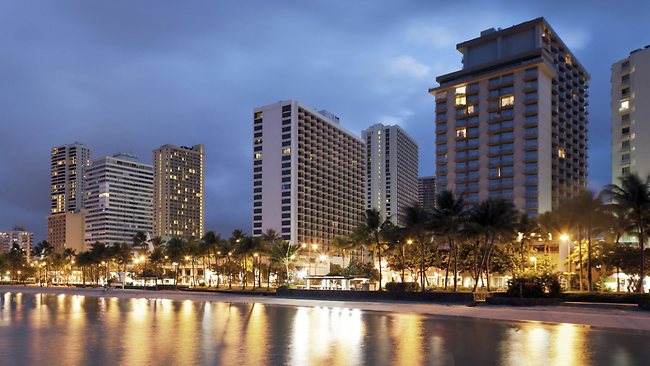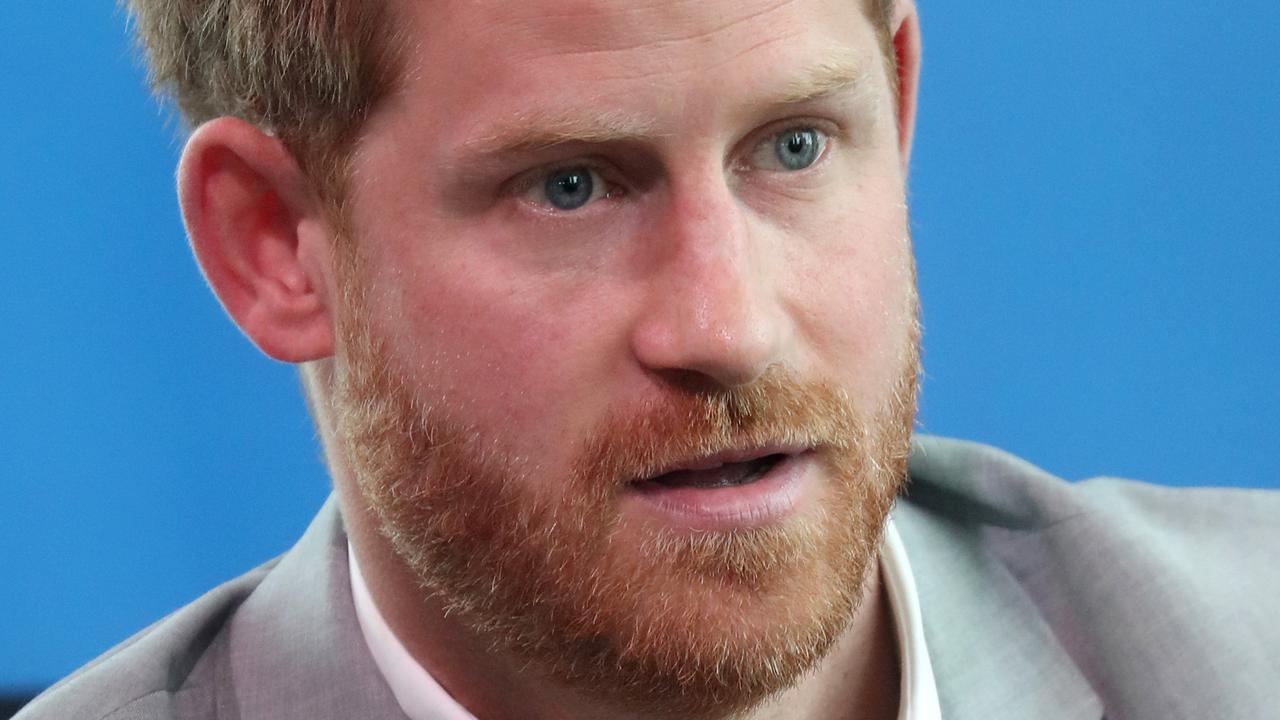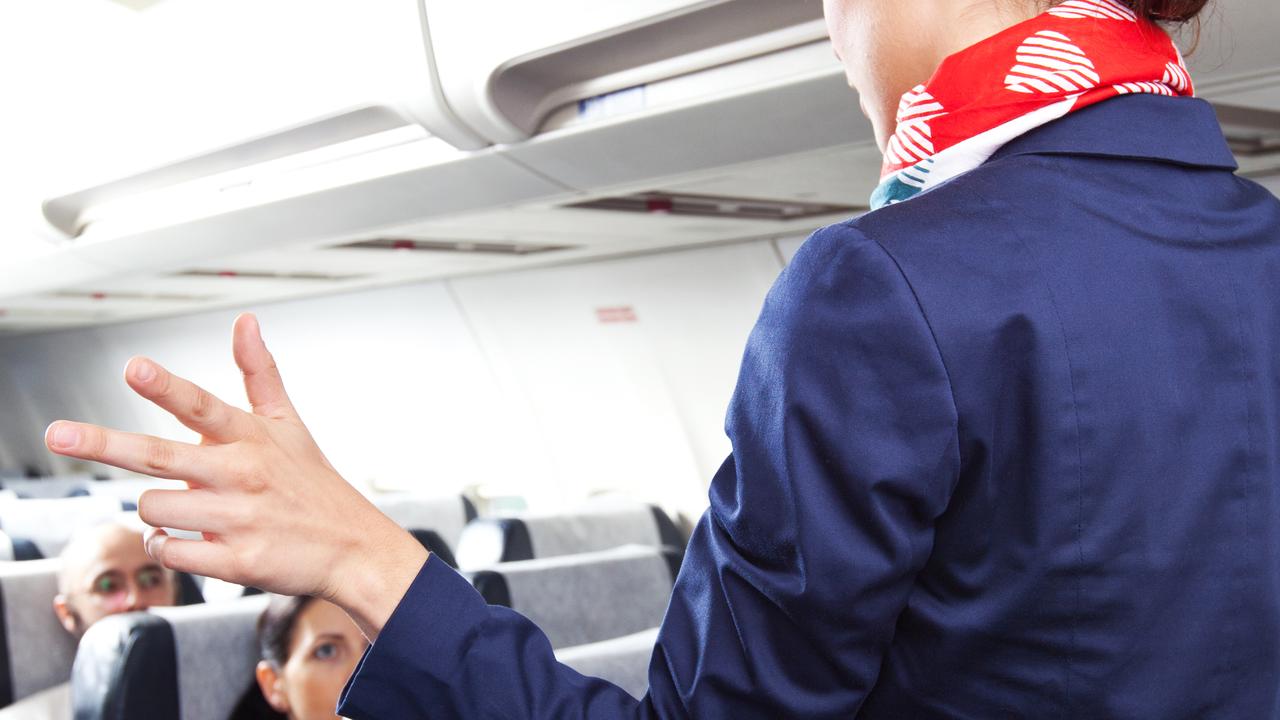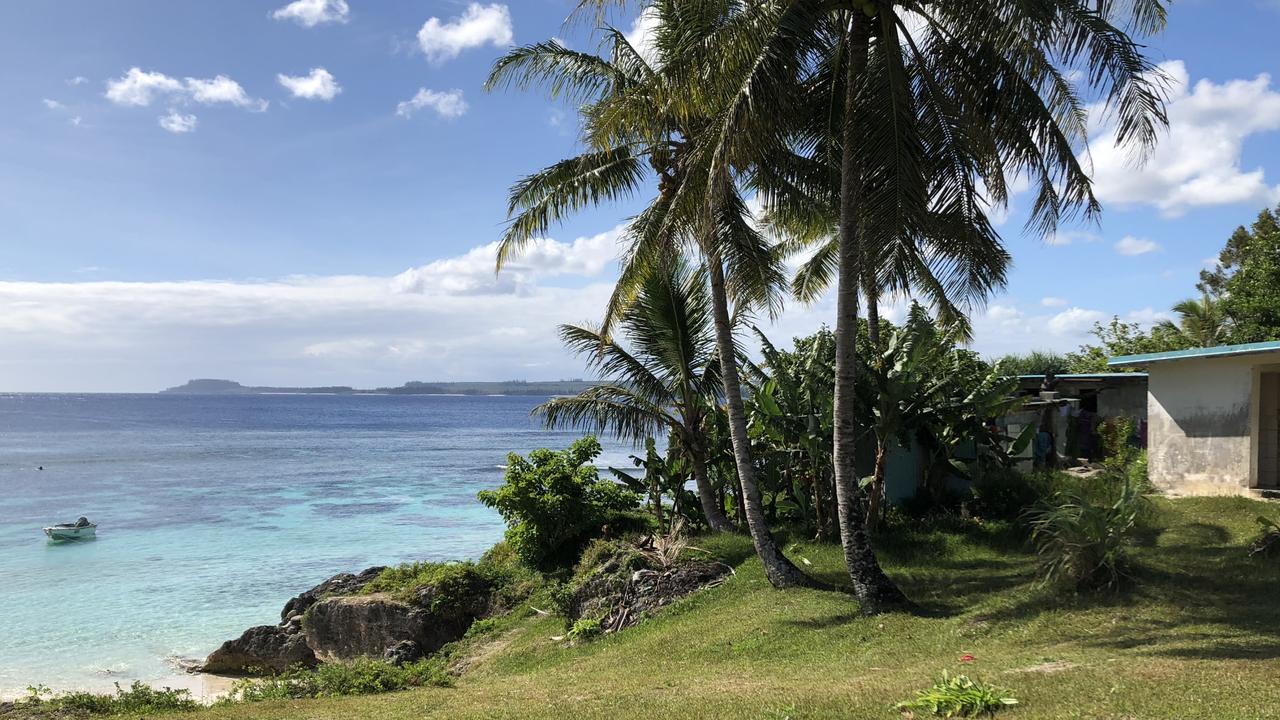Spirit of Aloha in Hawaii
TAKE in Hawaii's many historic and cultural experiences in tourist hub Waikiki and you will be surprised by what you find.

TWENTY million visitors each year and a beachfront bordered with highrise hotel resorts - you can understand why I expected Waikiki Beach would be a tourist rap reminiscent of so many over-developed holiday spots around the world.
But Hawaii's biggest drawcard is far from that. What I found instead is a beachfront town that is understandably filled with happy holiday-makers but where the friendly 'Spirit of Aloha' is alive wherever you turn. The Hawaiians have a strong belief in Aloha, the principal that teaches love and acceptance to all.
So, from the time you step aboard your Hawaiian Airlines flight, to your arrival at Honolulu's International Airport (the ethos of Aloha is etched in the walkways), you start to feel the power of the friendly Hawaiians drawing you in.
With the exception of my surly cab driver on arrival, every encounter I had with the locals, from retail workers through to hotel managers, left me with a big cheesy grin.
Which is ironic, considering my only impressions prior to my first visit to Hawaii was from Elvis Presley's Blue Hawaii movie of 1961 and the Brady Bunch classic double episode from the early 1970's.
Of course much has changed in Waikiki since Elvis serenaded beach-goers and the Brady kids found the mysterious Tiki statue in a Hawaiian cave.
Waikiki went through a period of intense development during the 1970's - the joke was that the local bird of Waikiki was the crane. By the 1980's locals were concerned their beachfront was under threat of becoming a concrete jungle, so strict zoning laws were enacted to limit the height and footprint of a building.
In a bid to create more open spaces and wider walkways, existing buildings could remain as they were but if you pulled one down to re-build, you would have to make it smaller.
So, instead developers and hotel owners began to refurbish and renovate existing buildings to retain their precious footprint. As a result only three new hotel buildings have gone up near the Waikiki beachfront since the 1980's - two new towers adding to the Hilton Hawaiian Village and Trump Tower.
One of the latest hotels to undergo extensive renovations is the Outrigger Waikiki on the Beach, the first property to carry the Outrigger brand in the world.
The 45-year-old hotel recently spent US$18 million refurbishing its 524 rooms and suites and remodeling the pool and deck area. This property and its sister, Outrigger Reef on the Reef (a 10-minute stroll away) are two of only seven absolute beachfront hotels on what locals consider "proper" Waikiki Beach.
The big brand hotels own more than their small piece of the Waikiki beachfront.
They are responsible for much of the rejuvenation of Waikiki in the past decade. Five years ago, Outrigger Enterprises Group spent more than a decade working through the red tape of local government to amend zoning laws to refurbish what is now a popular shopping and restaurant district - the $585 million Waikiki Beach Walk.
To date, it is the largest development in Waikiki's history and considered to be the linchpin for further refurbishment by hotel groups in Waikiki. The nearby Royal Hawaiian Center followed with a major upgrade to its shopping and restaurant complex as did Starwood, Marriott, Hyatt and others resulting in the modern renaissance of Waikiki.
Waikiki was once the playground of Hawaiian royalty but tourism took off when the first hotel, the Moana Surfrider, was built on the beachfront in 1901. It was around this time Olympic swimmer, Duke Kahanamoku, began teaching visitors how to surf off the calm waters.
He travelled the world extensively giving swimming and surfing exhibitions and is credited with popularising the sport of surfing. His visit to Sydney's Freshwater Beach in 1914 is considered an important step in the development of Australian surfing.
His bronze statue, constantly adorned with fresh floral leis, is a landmark on Waikiki Beach and Duke's Restaurant and Barefoot Bar in the Outrigger Waikiki on the Beach commemorates Duke's career and legacy (don't leave without trying their famous 10cm-high Hula Pie).
Waikiki has enjoyed a steady stream of tourists from the turn of the last century when visitors discovered the island shore in droves.
Few events have impacted tourism to the area: the bombing of Pearl Harbor in 1941, the Gulf War in the early 1990's, 9/11 in 2001 and the recent Global Financial Crisis. But each time, this destination has quickly recovered. Visitors from Japan, the US and Canada make up the bulk of tourists to Hawaii but Australians have increased by around 40 per cent in the past year.
The reason for Waikiki's sustained popularity? The year-round temperature in Waikiki hovers between a comfortable 20-30 degrees making for a perfect beach holiday every day of the year. Another drawcard is the variety of tourist offerings.
For the urban experience: check out the Ala Moana Center with almost 300 shops from Chanel and Emporio Armani at the top end to Old Navy and Gap at the more affordable end.
Great dining options can be found along Waikiki Beach Walk including Ocean House where you can find authentic island fare; Taormina Sicilian Cuisine for Italian you'll never forget; Kaiwa, a delicious Japanese-fusion restaurant and Ruth's Chris Steak House for more family-friendly options.
For the tropical island experience: you can't go past the Polynesian Cultural Center about an hour north of Waikiki. PCC, as the locals call it, comprises seven island village set-ups where visitors can get a hand's on experience of Polynesian life such as cutting open a coconut, climbing a coconut tree and braiding with coconut leaves (I made a fish).
An authentic Hawaiian luau is also a must. The Polynesian Cultural Center hosts one each night, as does the Royal Hawaiian on Waikiki Beach.
For a historical experience: visit Pearl Harbor, which incorporates five historic sites to honour the bombing by Japanese naval forces in 1941 including the USS Arizona Memorial and Battleship Missouri Memorial. For some Hawaiian history, head to Iolani Palace, the only palace in the USA and the official former residence of Hawaiian royalty. Take a guided or self-led tour.
-- The writer was a guest of Outrigger Hotels and Resorts.
Go2
- Getting there:
Hawaiian Airlines has direct daily flights from Sydney to Honolulu. They will begin direct flights from Brisbane to Honolulu three times a week on November 28.
Jetstar has direct daily flights from Sydney to Honolulu.
The will begin direct flights from Melbourne to Honolulu three times a week on December 15.
See jetstar.com.au
- Staying there:
Outrigger Waikiki on the Beach, 2335 Kalakaua Ave, Honolulu. See outrigger.com
- Touring there:
- Waikiki
Trolley stops at most major attractions and shopping malls with unlimited rides and stops from $19 per adult and $9 per child for a one-day pass; $43/$17 for a four-day pass and $49/$19 for a seven-day pass. Buy tickets online at waikikitrolley.com or from your hotel concierge.
- Polynesian Cultural Center
Located at 55-370 Kamehameha Hwy, Laie.
See polynesianculturalcenter.com
- Ala Moana Center
Located at 1450 Ala Moana Bvd, Honolulu. See alamoanacenter.com
- Iolani Palace
Located at 364 South King St, Honolulu. Admission is $20 per adult and $6 per child for a guided tour and $13/$6 for a self-led audio tour.
See iolanipalace.org
- More:
See gohawaii.com/au



